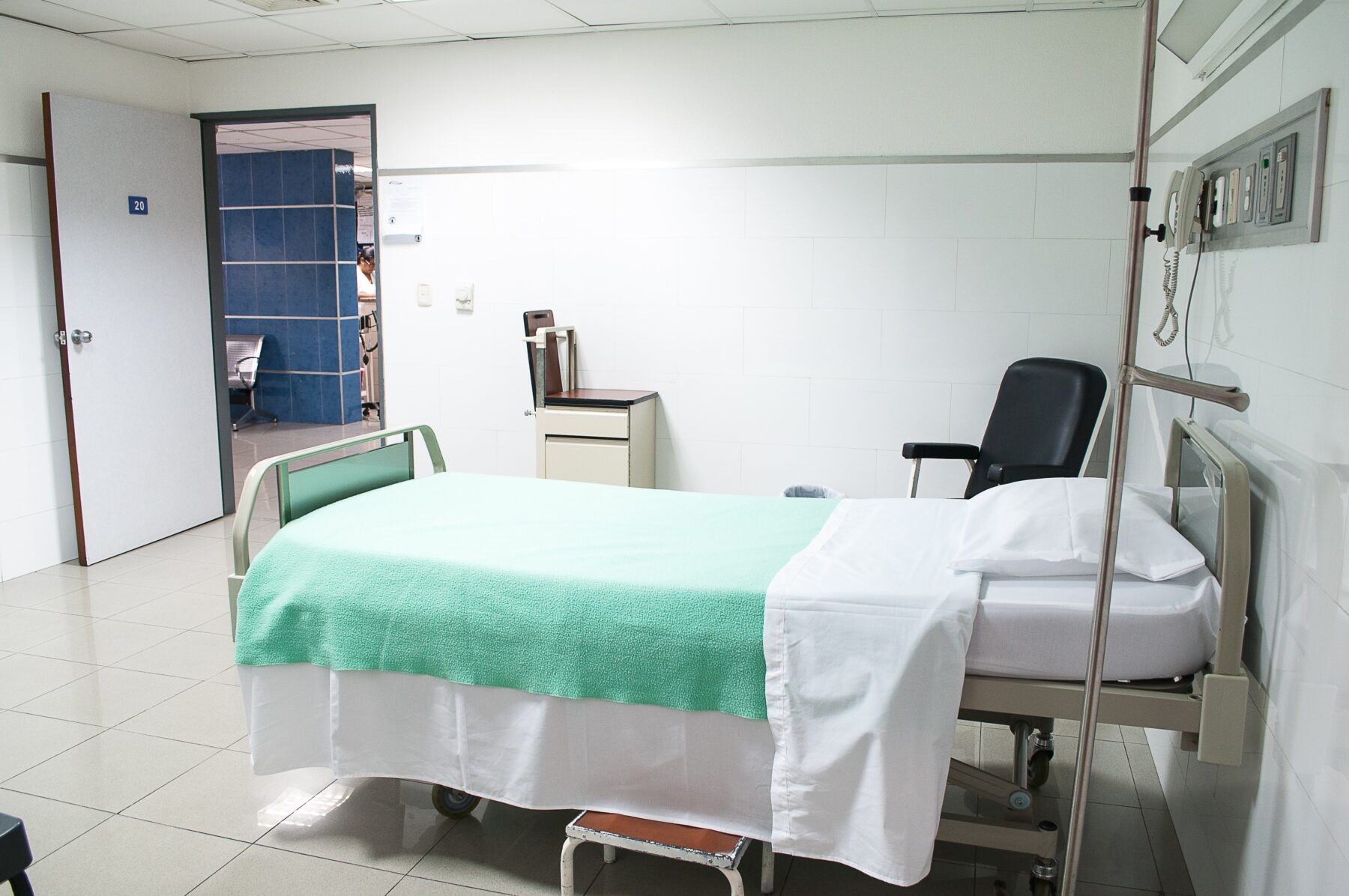Rural hospital patient safety benefits and survival prescription
Rural hospitals are generally smaller than those located in urban areas. Rural facilities normally serve areas with an average population base of 3,500 – 5,000, spread across a much larger land area.
Some facilities have moved to increase security due to local and even internal incidents. Two Florida hospitals took aggressive security stands after the Pulse nightclub shooting incident in Orlando. Both the Arnold Palmer Hospital for Children and the Winnie Palmer Hospital limited the number of facility entry points and added metal detectors as part of the screening process. Another Florida hospital quickly installed new security procedures after a patient killed a doctor.
On average, a rural hospital is about one-third the size of an urban hospital. For instance, an average rural hospital has about 75 patient beds, where the average urban facility has 250 beds. Interestingly, rural hospitals represent more than half of all hospitals in America.
According to a data brief released in 2010 by the National Center for Health Statistics (NCHS), 17% of the U.S. population lived in rural areas, and a greater percentage of patients were older than 65 (51%), compared with urban patients (37%).
Rural hospitals provide service to nearly 50 million Americans, and are a critical part of our national healthcare delivery system. Rural facilities provide emergency department services, inpatient care, outpatient care, long-term care, and care coordination services.
Even with the added survival pressure on rural hospitals, they do have a few advantages over their urban counterparts. According to Medicare records, the average length of stay at a rural hospital is two days shorter (7.4 days versus 9.5 days) than at urban facilities. Total costs at discharge are also just 55% of an urban hospital discharge. According to Virgil Dickson at Modern Healthcare, “rural hospitals on average have done better at avoiding the spread of hospital-acquired conditions and have scored higher in Medicare’s value-based purchasing program than their urban counterparts.” Rural hospitals also had fewer postoperative wound infection rates than urban hospitals.
“Last year only 288, or 34% of rural hospitals participating in the hospital value-based purchasing program, faced financial penalties, compared to 1,040 or 49% of urban hospitals.” As someone who spends a great deal of time in both types of hospitals, there is a significant difference in how patient areas are cleaned. The rural hospitals that I work in have had the same people performing the housekeeping services, some for decades, and no staff turnover rates that urban facilities experience. In addition, it is not unusual for the housekeeping staff (environmental services, EVS) to actually know the patient or the patient’s family in the rural facility. This is also true for the primary care staff. Many actually know the patient that they are caring for and have a connection to their family or other friends.
Even with better and safer care in some categories, rural hospitals find themselves in survival mode. A National Rural Health Association (NRHA) sponsored study shows 673 rural hospitals are “vulnerable or at risk for closure.” Rural hospitals have been closing at a much higher rate than their urban counterparts since 2010 due to increased financial distress. The small hospitals play a significant role in providing necessary healthcare in areas that tend to have a combination of factors that disadvantage them:
- Elderly population
- Fewer patients covered by insurance plans
- Higher percentage of chronic health conditions
- Poorer population base
- Physician shortages
- Aging structures
Closure for many rural hospitals means patients must travel an additional 30-60 miles to an urban area for treatment. Larger urban hospital systems are mostly interested in teaming with rurals when the surrounding rural area is either growing or close enough to an urban area that they can transform the facility into a clinic-type facility, while feeding patients to the larger urban facility.
Rural hospitals have banded together under a savior organization, the National Rural Hospital Association (NRHA). The NRHA is pushing legislation on the national level called the Save Rural Hospitals Act. Part of the organization’s mission is to educate legislators in every state on the important role rural hospitals play in America’s healthcare delivery system. The Save Rural Hospitals Act legislation would provide financial and regulatory relief to rural hospitals.
Reshaping rural facilities for survival
Based on this columnist’s experience in working with both urban and rural hospitals, the future for these important healthcare providers will look different than the rural hospital of yesterday. Rural hospitals will downsize the footprint of their facilities to save on operational costs. Currently, many rural hospitals have entire wings that are vacant in multistoried facilities. Reducing the facility to a single floor eliminates the need for expensive elevator maintenance, utilities and staff needs. In addition, rural facilities pay a premium for many services, since technical and specialty contractors are mostly located in urban areas and have to travel to perform services.
Telemedicine is emerging to help with many rural facility ailments; telemedicine can save on cost and cover physician shortages. One unexpected telemedicine benefit according to James Marcin, director of the UC Davis Children’s Hospital Pediatric Telemedicine Program: “When rural patients know their hospital is using telemedicine, they have a higher regard for that hospital and are less likely to bypass it for treatment at an urban facility.”




